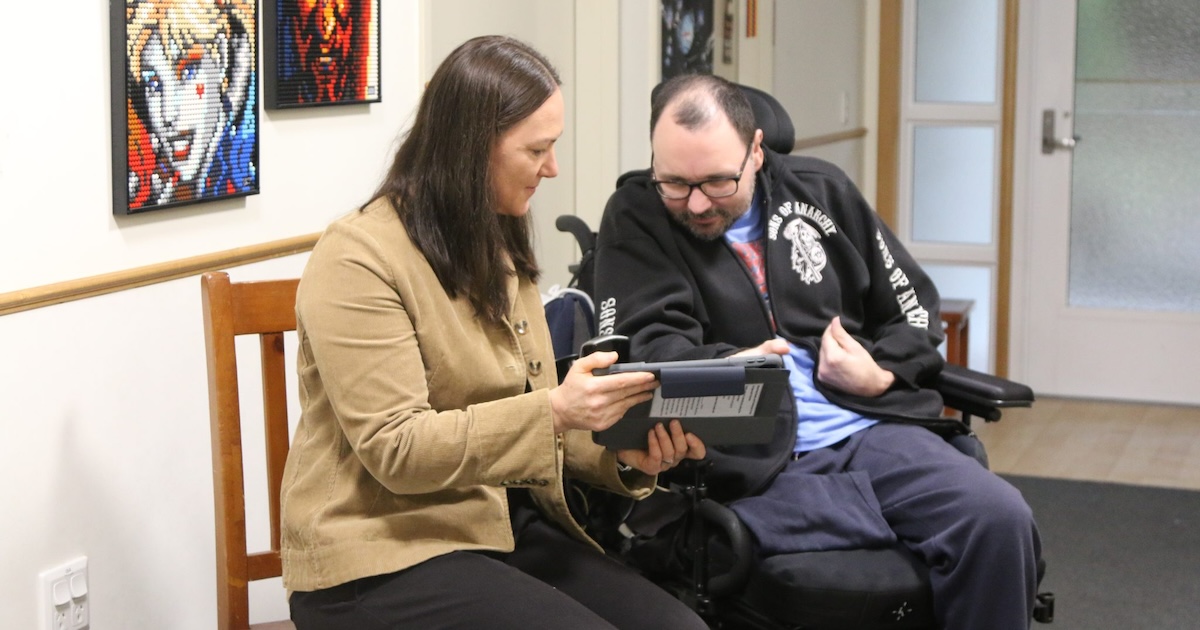Swinburne University of Technology and Medical Connect, an organisation specialising in the transport of patients, announced they are developing designs to make air travel more accessible and affordable for patients
One goal is to make medical flights more accommodating for patients with medical or physical needs, some who may be unable to sit up during takeoff or landing, have mobility limitations, or need a stretcher.
Currently most patients are limited to only a few – expensive – options, including private chartered flights or air-ambulances, and in a country where many people live from medical facilities, the costs to get somewhere within Australia might approach $20,000.
By the end of the year, the design and development team, which includes Medical Connect co-founders, husband and wife duo Andrew and Linda Heath, will build a composite carbon-fibre prototype the company can take to industry and then to market.
"We use a user-centric design approach, with detailed exploration of the user needs, including insights from Medical Connect, who have to use and handle the seating device on the actual planes and have many years of experience in doing this, and co-design with our partners on what the best solution might be," course director of Swinburne's product design engineering program Dr. Boris Eisenbart told Healthcare IT News.
Eisenbart explained this process is complemented by iterative testing of prototypes on actual planes, collecting lessons learned and refinement of the seating device accordingly-- seating alterations could save patients up to 75 per cent in travel costs.
He noted the space requirements on airplanes and the very little flexibility of what can be done in the cabin – due to use of standardised seatbelt connecting points, seat shape, and other factors – is the biggest hurdle.
"Also there are several constraints from ergonomics for patients in a more or less fixed position that dictate how we can position the patients on the seating device," he noted. "Finally, weight and foldability to fit into the overhead compartments are important."
The partnership is part of the Swinburne-based Victorian Medical Device Partnering Program, an ideas incubator that supports the development of medical technologies.
"We are in the process of creating the next prototype for the seating device, first with simple materials and incorporating the insights we gained from our first field test," Eisenbart said. "We will do some more testing around this and the connecting points for the seatbelts, then the final prototype will be made in composite for lightweight and easy handling."
